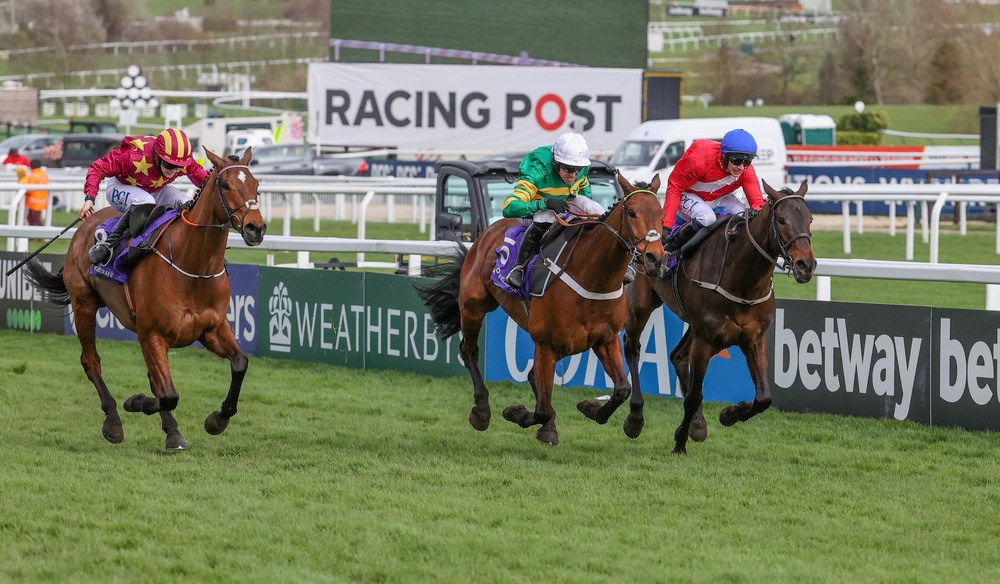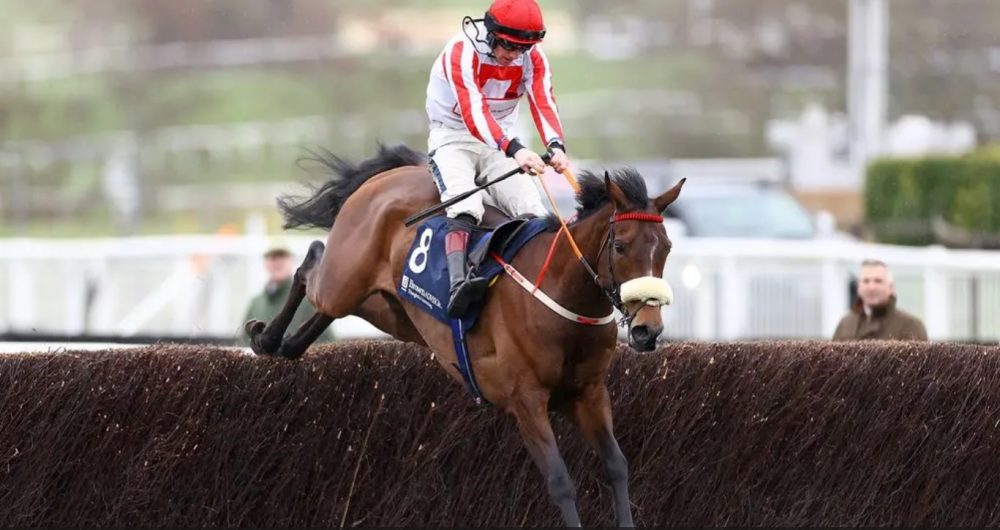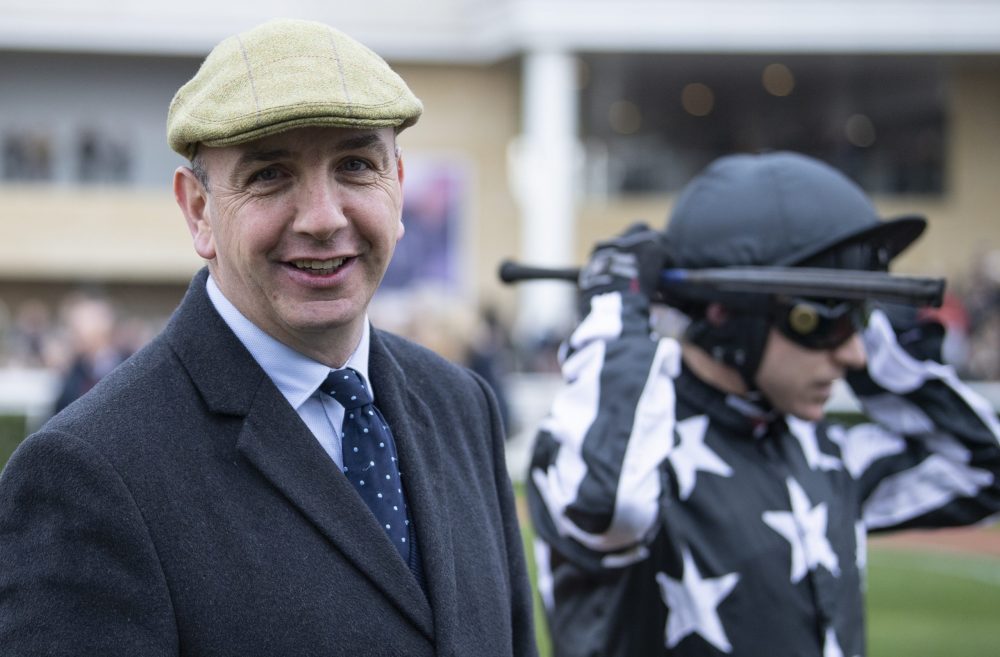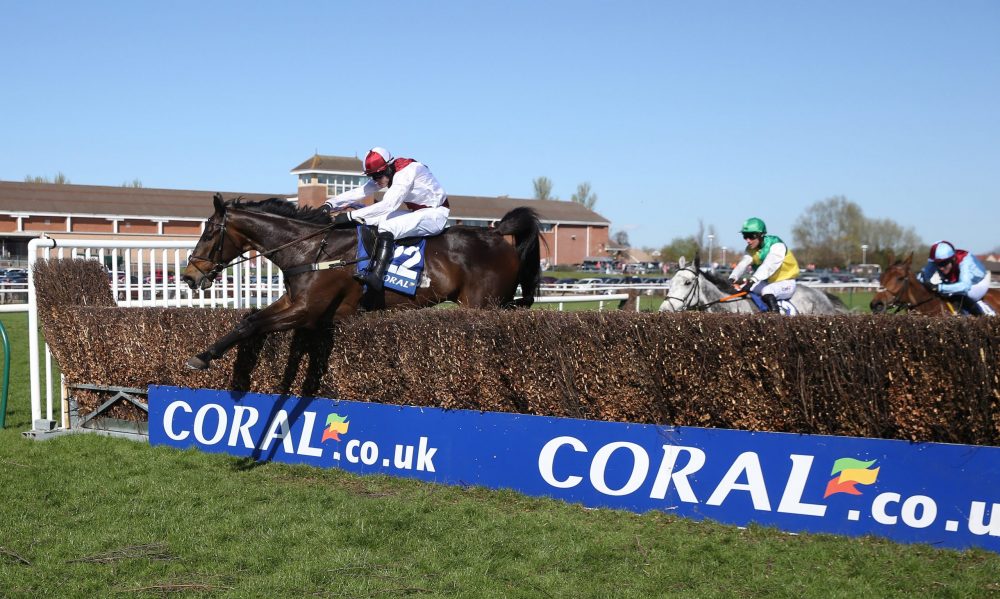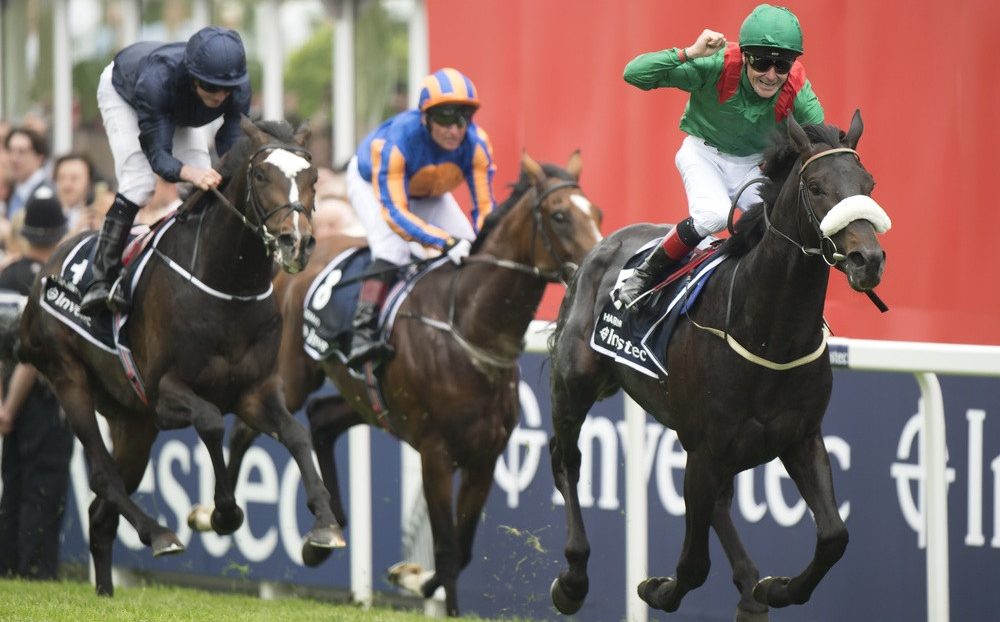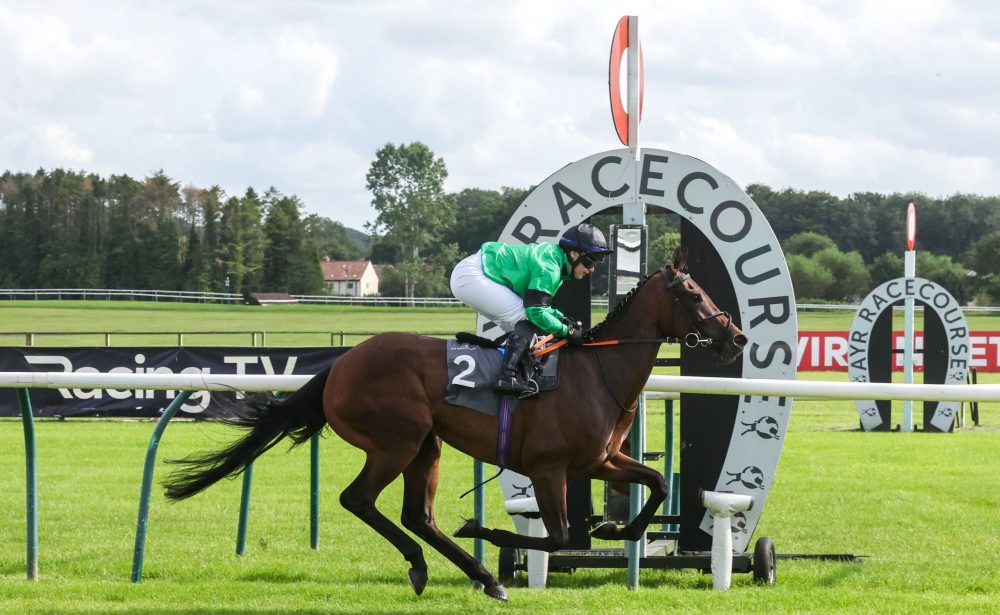
Adrian Wall: 4 reasons why jump racing is better than the Flat
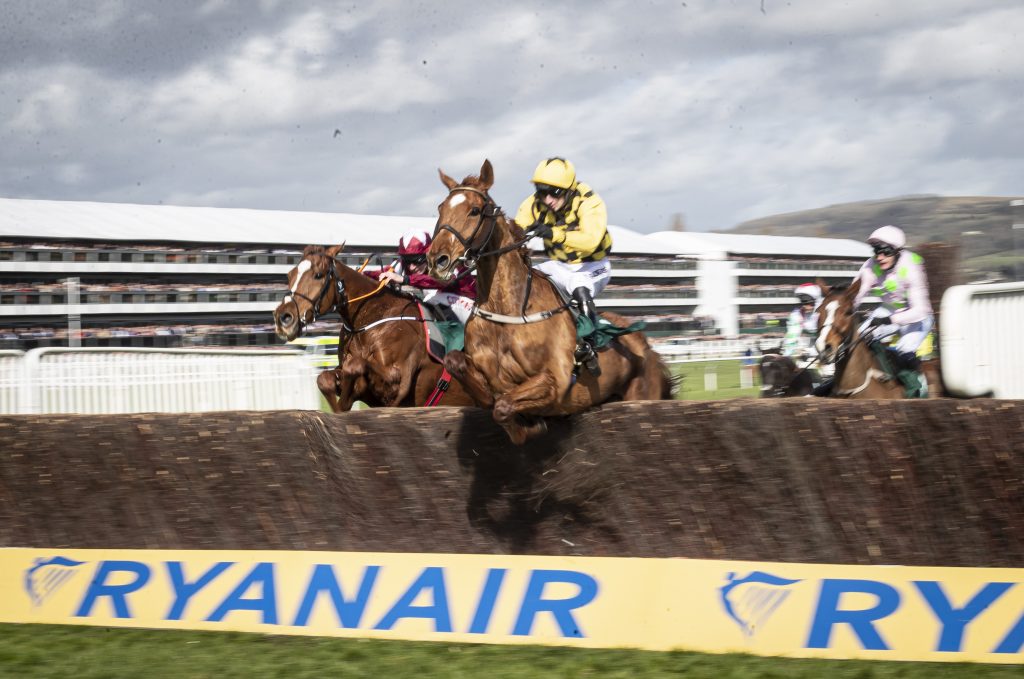
Most folk don’t like to see the days getting shorter, the ghostly fog set in the evening and the full moon shine like a torch through the night. But for jump racing fanatics, there is no better sight. Our festive season starts a bit earlier every year as people like myself gravitate toward the larger obstacles.
The famous Chepstow meeting that ran just over a week ago sounded the “season to be jolly” bells. It is the first big jumps meeting of the season and always sends my heart racing. We have the Charlie Hall Chase to look forward on Halloween weekend. However, this weekend we have Cheltenham to look forward to which really sets the season alight.
Jump racing has had to work very hard in recent years to protect the sport’s image. Between the whip debacle and people calling for the sport to be banned due to fatalities, it hasn’t been easy. Thankfully, we have made giant strides to make the sport safer and more appealing to the public. Much work has also gone into the Flat to make it more accessible and attractive.
Flat racing has all the money, better weather, gets much more exposure on terrestrial TV. It will never match up to the jumps no matter how hard they try though. Here, then, are my four reasons why jump racing is better than the Flat.
1. The Cheltenham Festival
Nothing beats the atmosphere at Prestbury Park on festival week. I once had a Tattersalls ticket for Champion Hurdle day, the year Champagne Fever beat My Tent Or Yours in the Supreme Novices’ Hurdle. Funnily enough, I don’t think I saw a horse in the flesh that day. By the time I got my bet on in the betting ring and got back to the Centaur to watch each race, 30 minutes had passed.
Nonetheless, the atmosphere was electric. There I was sandwiched between hundreds of people with a pint in my hand barely able to breathe. But it was still one of the best days of my life. Cheltenham attracts the best competitors. The unique undulations and stiff fences provide a thorough test, and the famous hill finish provides drama. The crowd are knowledgeable, enthusiastic and loud. Trainers and jockeys all aspire to have a winner at Cheltenham.
On the flip side, I was at Newmarket for 2000 Guineas day in 2018, the day Saxon Warrior won the feature. The track has history and tradition but as a casual spectator it was a drab affair. Granted, the weather was awful that day but I won’t blame the weather for this one. Visually it’s not an enjoyable track, with the runners starting way in the distance running toward you. Epsom is geared around the Derby for one day of the year and Goodwood is a meeting plagued with hard luck stories.
York doesn’t attract the best for all it is a beautiful venue. I simply can’t get the same buzz for the Flat no matter how hard I try. Jump racing is also fairer. Flat tracks can be hugely affected by a massive draw bias. If you’re drawn on the outside over a sprint trip at Chester or Pontefract, you can usually forget it. But it is impossible to not enjoy yourself at Cheltenham. There is nowhere else like it, and that will never change.
2. Bravery
Jump racing has been stuck between a rock and a hard place in recent times. It is trying to protect its tradition whilst also trying to appeal to the public. Yes, jump racing is a dangerous sport. So is rugby, so is hurling, NFL and many other sports in the world today. We have animals involved in our sport which is why we probably come under more scrutiny.
Horses are bred to jump and to race. In most cases, they are treated like royalty before, during and after they see a racecourse. They also want to race. If you think a human that weighs 12 stone can force a half-tonne animal to run for three miles and jump 20 fences, then I think you are having a laugh. Jockeys have a willing partner and that is what makes the game so special.
Watching a six-furlong maiden on the Flat has the same effect on me as ten pints of Guinness. I just want to sleep. To all you Flat fanatics out there who get enjoyment from this, I suggest you go to counselling. Jokes aside, where is the sense of achievement in being able to run in a straight line a bit faster than your counterparts? Is that a true test?
No matter how talented a horse you are, the jumps will bring you crashing straight back to earth with a moment’s lapse of concentration. Jumpers need to be close to foot-perfect for up to four miles in often muddy conditions. The work both horse and jockey need to put in to win a race over the jumps is phenomenal. You don’t see the Flat folk sweat too often. The National Hunt brigade get paid less and work much harder and that is why the working class get drawn to the jumps.
3. Flat Snobbery
Jumps trainers will happily consent to discussing their horses freely and offer a lot of their time to the media. Paul Nicholls, Nicky Henderson, Gordon Elliott, Willie Mullins etc take calls from journalists nearly at free will. This is despite the pressures involved in running an incredibly busy yard. Jumps trainers will help the public out by mapping out clear plans and targets for their horses. The jumps punters love this because we are fond of an ante-post Cheltenham Festival bet.
To give some of the Flat trainers and jockeys some credit, giant strides have been made in the past four to five years. The younger people seem to be much more comfortable with the media. However, people like Sir Michael Stoute and in particular Ryan Moore, who are high profile people in the sport, are very reluctant interviewees. They of course have that freedom of choice but they are only damaging the image of the code by not doing their bit to promote it.
Flat racing is about winning but it is about winning for vastly different reasons than the jumps. It is all about breeding and value at stud. Trainers in the Flat game are extremely secretive about for example a colt that might end up as a stallion. We may see this colt run poor races but the trainer will always talk the horse up in fear of him losing value once he goes to stud.
4. Household Names
The Flat bloodstock industry is no friend of the the sport in terms of racing. They constantly rob the sport of young talent from the Flat. If a horse becomes a champion as a three-year-old, he is destined to see out his days at stud. Fans are watching this majestic horse run for a couple of years and then he has vanished. Never to be seen in public again. The mighty Frankel is just one example of an incredible horse whose career was cut short for financial gain.
There is a problem with these incredible Flat horses going off to stud at three or four. If they had longer careers, we would see many more incredible battles. Frankel v Sea The Stars was never going to happen in the current climate. But imagine if these horses raced on until they were 7 or 8? The countless star battles we would have witnessed would have grown the reputation of the Flat game to no end. But, a 14-win sequence is more important and we’ll leave it there!
Jump racing superstars have a value of zero at stud. For those of you who are not too familiar with the sport, nearly all jumpers are castrated at a young age. Put yourself in their shoes. Somehow, I don’t think you’d like to have your private parts clobber off a bristly fence at 30 miles per hour. The longevity of jumpers is what makes our code so special. Kauto Star had his setbacks but ran in the Cheltenham Gold Cup four times. Tiger Roll would have run in three Grand National’s in 2020 but for Covid-19 but will go for it again in 2021. These are thrilling moments for jump enthusiasts and is often something the Flat fails to match up to.
Read More:


